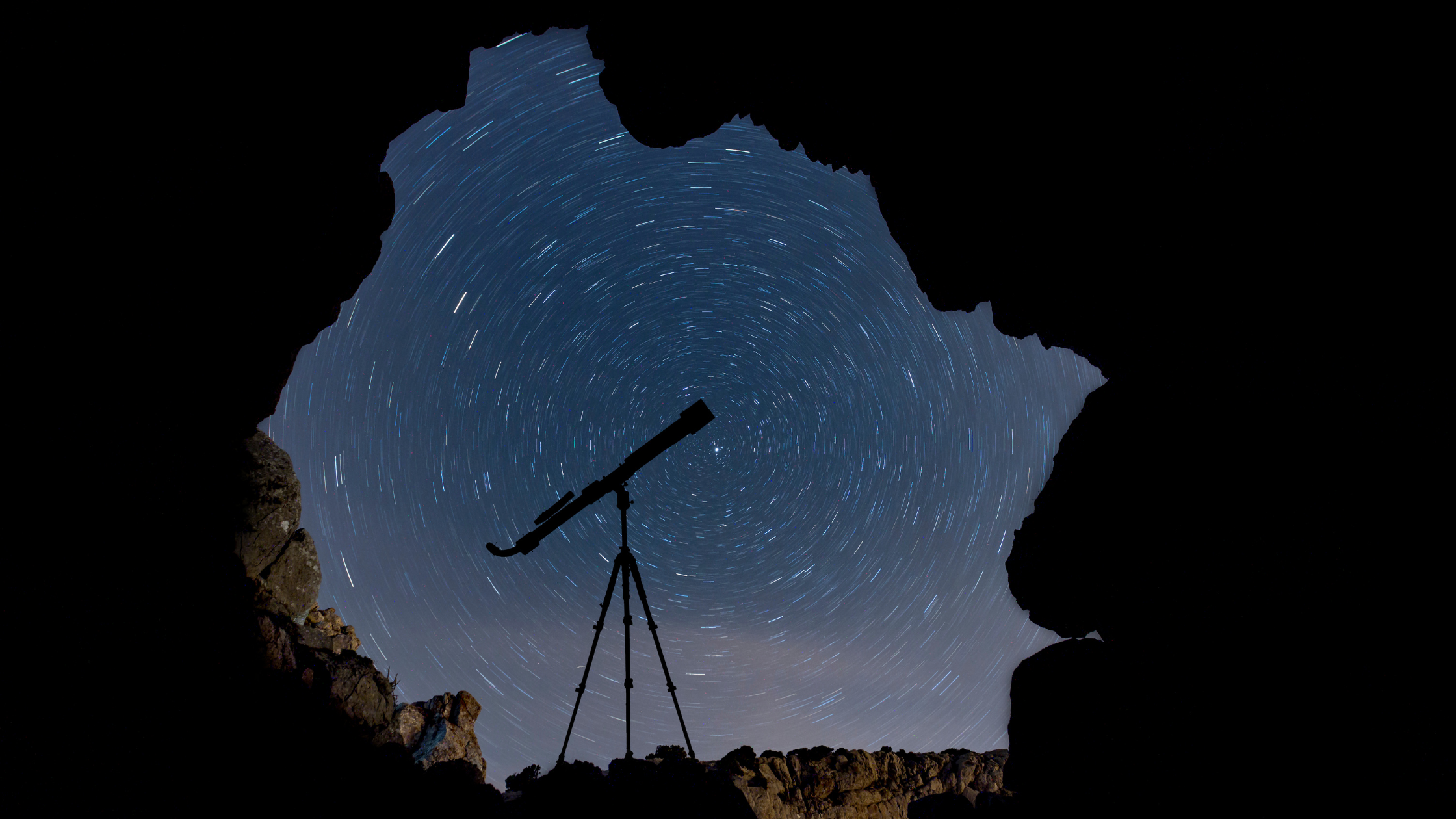Written by Hannah Burns, Content Creator at The Synthesis Institute.
If you’re intrigued by the potential of psychedelics for increased well-being and want to know more about the science behind how and why they “work,” you’re not alone!
Over the past few years, thanks to the establishment of many new psychedelic research divisions at institutions in both the United States and Europe, there has been an explosion in the number of ongoing studies and trials looking at whether psychedelics can be effective in treating depression, autism, anorexia, obsessive-compulsive disorder, opioid addiction, severe anxiety, and more.
Now, unified scientific theories of psychedelic therapy are coalescing, providing an invaluable cognitive perspective on its process, its potential benefits, and the conditions under which it is most effective.
For example, based on insights from the landmark 2019 paper “REBUS and the Anarchic Brain: Toward a Unified Model of the Brain Action of Psychedelics,” by Drs. Robin Carhart-Harris and Karl Friston, here is what we are coming to understand about psychedelics and the mind:
WHAT PARTS OF THE MIND DO PSYCHEDELICS AFFECT?How we experience the world — and ourselves — is mediated by our beliefs.
There are these two young fish swimming along and they happen to meet an older fish swimming the other way, who nods at them and says “Morning, boys. How’s the water?” And the two young fish swim on for a bit, and then eventually one of them looks over at the other and goes “What the hell is water?”
— David Foster Wallace, from his Kenyon College commencement speech (2005)
Our functional mental architecture is layered hierarchically in the brain. At the highest levels, we generate predictive models about upcoming sensory input based on past experience and send that information downwards. At the lowest levels, we receive that sensory input and send it upwards. The high-level predictions have an intrinsically top-down, containing, and compressive effect on incoming, bottom-up sense data, which is how we both interpret that data and set expectations around future sensory inputs. Due to their enveloping nature, the information generated at these topmost levels has a conforming effect on all subsequent levels.
From a cognitive perspective, this is how our beliefs are created and maintained: through dialogue between our top-down predictions and bottom-up sense data. This is ideally to our benefit, helping keep us safe, secure, and responsive in relation to ourselves and the world.
When a discrepancy between expected input and received input does occur, either that information is filtered out and discarded, or the top-down models revise themselves and create new predictions in response. If the first dog we ever meet scares us, we may use that information to protect ourselves, and approach the next dog we meet fearfully, predicting an attack. But if that dog is sweet and friendly, in contradiction to the information we previously received, our belief about the nature of dogs might change.
The higher the level in the mental architecture, the more intrinsic these beliefs might seem to our sense of self. In fact, until our beliefs are challenged in a way we can register or recognize, we may not even be aware of them, or how much compressive constraint they apply to the layers below. We may believe something to be utterly outside the realm of possibility, simply because we’ve never had evidence to the contrary.
In other words: Our past experiences inform our beliefs, which inform our expectations, which inform our interpretations, which in turn inform our experiences. Subjectivity, perspective, worldview, and even ego identity are all terms we can use for these overarching, enveloping, predictive narratives.
Not all beliefs are helpful.
Sometimes, the information flow between bottom-up and top-down information breaks down, and can no longer help us productively adapt to changing sensory inputs. Some beliefs, especially those generated in defensive response to trauma-related uncertainty or ambiguity, may be maladaptive — that is, inaccurate predictors of future input. We may form a belief early on in our lives, for example, in response to an absent or neglectful parent, that we are not empowered to ask for help if we need it.
When our beliefs become over-weighted against incoming, bottom-up sense data, those predictive errors don’t get corrected. The models resist revision. Beliefs become increasingly entrenched and resistant to external contradiction. That means that no amount of bottom-up data, or change in sensory input data, can effectively challenge them into changing; if these models are to be revised at all, the revision must happen at the highest level. That belief we might have, the one about asking for help? If it has become over-weighted, it may persevere no matter how many supportive, dependable people in our lives tell us otherwise.
An over-weighting of specifically dysfunctional, adaptive-averse high-level prior beliefs seems to be a common denominator in many divergent psychopathologies, expressions of mental illness, and dysfunctional coping behaviors, especially those that have proven previously treatment-resistant.
That is part of the reason why psychedelic-assisted experiences are so exciting; because it is hypothesized that psychedelics operate at the highest, most holistic level of our mental architecture, and thus at the core of our belief system, psychedelics may be able to affect even the most resistant and all-encompassing of maladaptive models.
CAN PSYCHEDELICS CHANGE OUR BELIEFS?
Psychedelics appear to “relax,” or alleviate, the compressive influence of our high-level, top-down beliefs.
How am I not myself?
— Jude Law, from I Heart Huckabees (2004)
Emerging evidence suggests that by “relaxing” the power and priority that these top-down predictive models assume in our mental architecture, bottom-up information from both external sources (like the sounds, sights, textures, and smells of our surroundings) and intrinsic sources (like the limbic system, which process emotion and memory) might no longer be met with the same level of resistance.
Carhart-Harris and Friston refer to this relaxation of beliefs as a “flattening of the energetic landscape” of the mind, because top-down information that would typically take hierarchical precedence over contradictory incoming sense data seemingly no longer exerts that dominant influence. Like how the landscape changes when we see our hometown from a helicopter, or the Earth from space, subverting the hierarchy of our cognitive landscape has the potential to inspire profound shifts in perspective.
When our beliefs relax, new possibilities may emerge.
As these descending models cease to operate with the same confidence, ascending information that might have been previously disallowed to integrate into our predictive models — “ignored” in favor of what fits our existing expectations — seems to be liberated from the confines of the existing compressive structure. This is not necessarily “new” information, but rather “newly disinhibited” information. We might become suddenly aware of things that in hindsight seem self-evident.
Due to the deep architecture on which psychedelics are believed to operate, their effects seem to have cascading implications for the entire hierarchy of prediction, liberating bottom-up information flow from external sources and intrinsic systems while simultaneously loosening the weight of our expectations, projections, and interpretations around perception, emotion, and cognition. This can help explain why characterizations of psychedelic experiences include synesthesia, challenging or provoking visuals, and lingering feelings of love, bliss, and emotional connection, as well as surfaced memories, heightened states of creativity, and the processing of difficult past experiences.
This may also explain why psychedelics seem to empower “open-mindedness” and “outside of the box” thinking. The box represents our prior beliefs and their "containing" effect on our perspective, and the opening a felt effect of their relaxation. This is what Aldous Huxley meant by his notion of “Mind at Large,” a sense of the universe beyond our immediate needs and concerns necessary for survival.
When we talk about eureka moments, intellectual epiphanies, and sudden downloads, we are talking about a message or an answer suddenly coming through — but through what? The answer is through our pre-existing assumptions, understanding, and filters, which are all functions of our predictive prior beliefs.
As the psychedelic is metabolized, our beliefs are ideally revised to resonate with incoming information less discordantly and more harmoniously, allowing us to encounter ourselves and the world in more open, unguarded, and resilient ways.
WHY CAN SPIRITUAL BYPASSING OCCUR DURING A PSYCHEDELIC EXPERIENCE?
A supportive context maximizes positive outcomes and mitigates potential risks.
The centre cannot hold.
— W.B. Yeats, from "The Second Coming" (1919)
It’s not difficult to imagine the dissolution of deeply held prior beliefs as a potentially intense experience, especially when combined with a sudden increase, intensification, and amplification of bottom-up input flow. There is a possibility of being overwhelmed by the destabilization of our worldview and the acute insecurity it causes, a condition sometimes referred to as ontological shock.
In reaction to the insecurity caused by ontological shock, we may run the risk of “spiritually bypassing” this deluge of previously suppressed information, substituting meaningful integration for overly simplistic, equally unhelpful, and unhealthy interpretations and potentially undermining the effective recalibration of our beliefs.
An intentional container for psychedelic experiences and their integration can help to mitigate the amount and intensity of that uncertainty and minimize our adverse reaction to it, by making us feel informed, prepared, empowered, supervised, and safe. Ideally, this includes contextual support before, during, and after the experience from trained psychedelic practitioners. This support can also assist our intentions to revise the beliefs we find least helpful and most resistant, and process previously hidden or suppressed information as it becomes available to us.
Have these insights ignited your interest in psychedelic experiences and their potential? At Synthesis, we combine leading-edge cognitive research with ancient wisdom traditions, rituals, and meaning-making practices to curate potent participatory containers with the potential to catalyze radical and transformative change.
Led by professional facilitators, Expansion fuses psychedelic education, workshops, open-dialogue, breathwork meditation, music and sound, psychedelic ceremonies, and integration with the aim of restructuring disempowering thoughts, sharpening perceptual lenses, and awakening expanded forms of consciousness.
Click here to learn more about our next retreat series.












